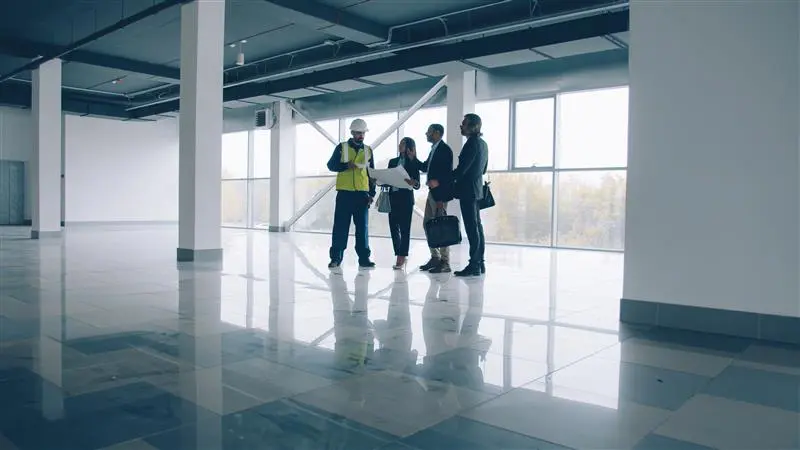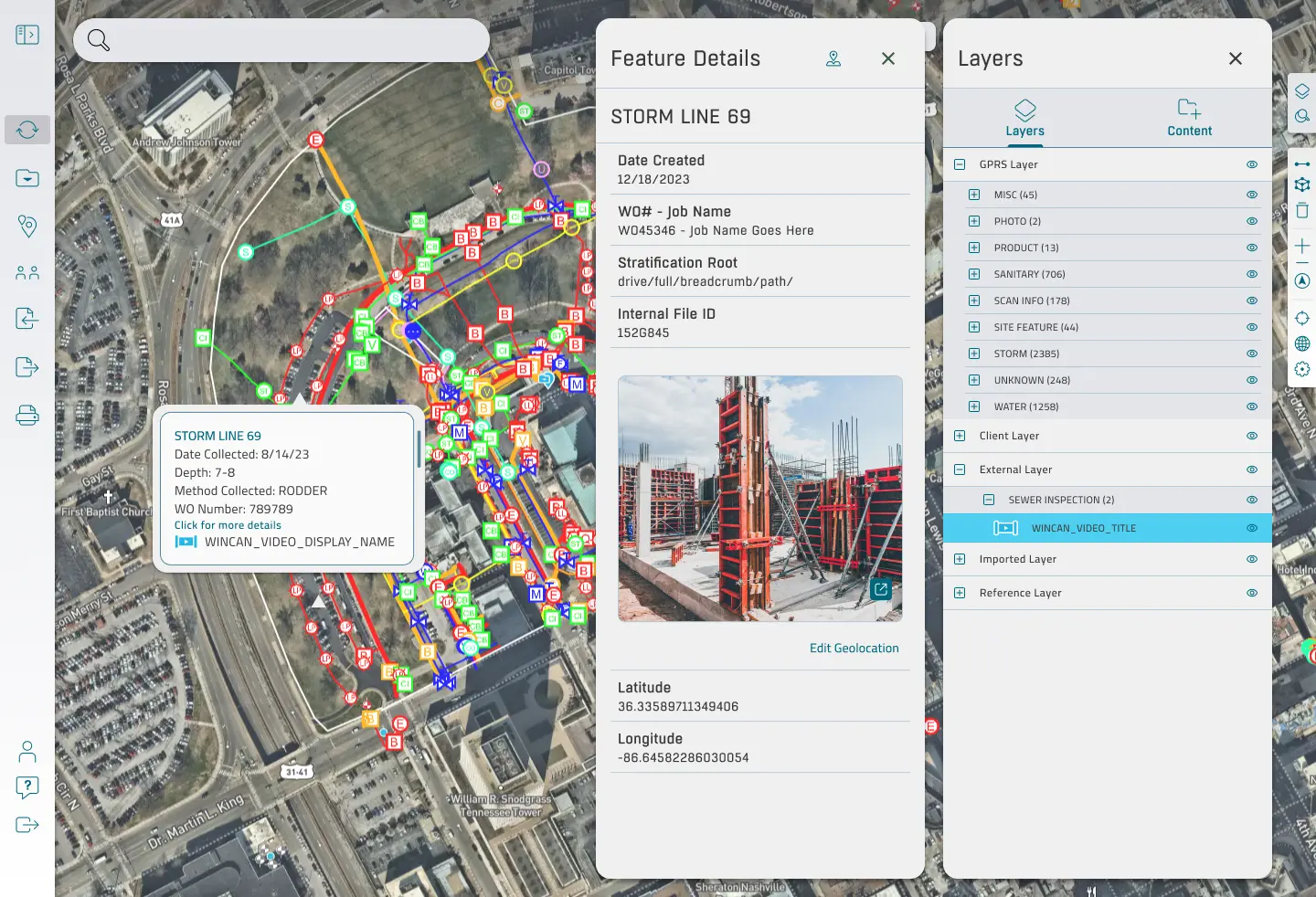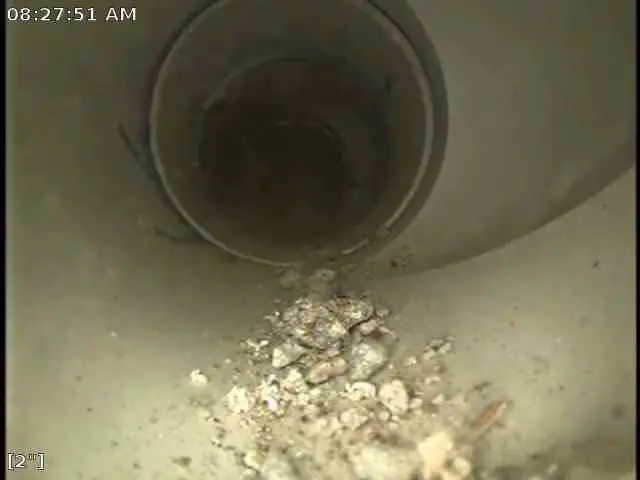When you’re looking to buy residential, commercial, or industrial property, it’s easy to only pay attention to what you can see.
You inspect the structure’s condition, its location, and aesthetics. You look for cracks in the ceiling, broken windowpanes, and anything else you’ll need to fix.
But beneath the surface lies critical infrastructure that, if neglected, can have significant financial, environmental, and legal consequences.
Wastewater systems are essential to the health and functionality of any property. Inspecting sewer lines and related systems before buying a property isn’t just smart - it’s essential.

The Hidden Complexity of Wastewater Systems
Wastewater infrastructure is often out of sight, and consequently, out of mind.
Wastewater system issues aren't always easy to see, unlike a cracked foundation or a leaking roof. That’s a problem, because the condition of sewer lines and laterals can vary widely depending on age, usage, maintenance history, and environmental factors.
A property can look perfect on the outside. But it might hide problems like corroded sewer lines, overloaded septic systems, or poorly connected drainage networks. Without a professional inspection, these issues can remain undetected until they cause backups, contamination, or costly repairs.
Financial Implications of Neglect
A key reason to inspect wastewater infrastructure is the possible financial impact. Repairing or replacing wastewater systems can be prohibitively expensive. Sewer line replacements, especially in urban areas, may require excavation, permits, and coordination with municipal services, driving costs even higher.
If problems arise after acquisition, the buyer may have limited recourse. Many property deals have clauses that limit liability for hidden defects. This applies unless those defects were disclosed or found during due diligence. A thorough inspection helps buyers dodge surprise costs. It also lets them negotiate fair terms based on the real condition of the system.
Environmental and Health Risks
Engineers design wastewater systems to safely transport and treat sewage and graywater.
When these systems fail, the consequences can be severe. A broken sewer line can pollute soil, groundwater, and nearby water. This poses risks to both human health and the environment.
Contaminated water can carry pathogens such as E. coli, hepatitis, and other harmful bacteria and viruses. Exposure to these contaminants can lead to serious illness, especially in vulnerable populations. Wastewater leaks can harm the environment. This may lead to fines, cleanup costs, and damage to reputation, especially for businesses or factories.
An inspection ensures that the system complies with environmental regulations and functions as intended, protecting both the buyer and the broader community.
Regulatory Compliance and Legal Liability
Wastewater infrastructure is subject to a range of local, state, and federal regulations. These rules govern everything from system design and installation to maintenance and discharge limits. Noncompliance can result in legal liability, fines, and enforcement actions.
Properties with old or unapproved septic systems may need to upgrade or replace them to meet current standards. In some jurisdictions, properties must connect to municipal sewer systems if available, which can involve significant costs and logistical challenges.
A professional inspection can spot compliance issues before the deal is done. This helps buyers understand the legal landscape and plan ahead. It also offers helpful documents for negotiating repairs, upgrades, or price changes with the seller.
Impact on Property Value and Usability
The condition of wastewater infrastructure directly affects a property’s value and usability.
A malfunctioning system can limit occupancy, restrict development potential, or even render the property uninhabitable. For commercial properties, wastewater capacity may determine the feasibility of certain operations, such as food service, manufacturing, or hospitality.
Buyers should think about the system's current state and its ability to meet future needs. An inspection shows whether the system is the right size, well maintained, and ready for any planned changes or expansions.
In competitive markets, properties with well-maintained and compliant wastewater systems may command higher prices and attract more interest. Properties with unresolved issues may stay on the market longer or sell for less.
Due Diligence and Risk Management
Conducting a wastewater infrastructure inspection is a key component of due diligence. It demonstrates a proactive approach to risk management and helps buyers make informed decisions. By identifying potential problems early, buyers can:
- Request repairs or upgrades before closing
- Renegotiate the purchase price
- Allocate budget for future maintenance
- Avoid legal disputes and environmental liabilities
Due diligence is key for investors, developers, and businesses. It helps them when buying properties for income or redevelopment. Stakeholders need to consider a property's physical state, its operational viability, and its regulatory standing.
What a Comprehensive Inspection Includes
A thorough wastewater infrastructure inspection typically involves several components:
- Visual Inspection: Assessment of visible elements such as access points, tanks, and drainage fields
- Camera Inspection: Use of specialized cameras to inspect underground pipes for blockages, cracks, root intrusion, and other issues
- Flow Testing: Evaluation of system performance under normal and peak usage conditions
- Permit and Record Review: Examination of historical permits, maintenance records, and compliance documentation
- Soil and Water Testing: Analysis of surrounding soil and water for signs of contamination or system failure
Licensed professionals with experience in wastewater systems should conduct these inspections. Collaboration with environmental consultants or municipal authorities may be necessary to obtain a complete picture of your system.
GPRS offers NASSCO-certified video pipe inspections and other sewer inspection services designed to provide you with accurate, actionable data about your wastewater infrastructure. Utilizing remote-controlled sewer inspection crawlers and push-fed sewer scopes equipped with sondes, we map your sewer system while we’re inspecting it for defects such as inflow/infiltration (I/I) and cross bores.

All this data is at you and your team’s fingertips 24/7 thanks to SiteMap® (patent pending), our innovative infrastructure, facilities, and construction project management software application. Securely accessible via any computer, tablet or smartphone, SiteMap allows you and your team to plan, manage, and build better whether you’re together on-site or scattered across the country.
SiteMap Sewer Layer offers facilities managers precise, accessible, and actionable sewer mapping data. This innovation enhances everything from daily operational efficiency to risk mitigation and long-term asset maintenance planning by providing a centralized, single source of truth for sewer systems.

Case Study: GPRS Eliminates Surprises for New Owners of California Warehouse
Task: Inspect a distribution warehouse’s sewer system and collect reality capture data of its interior to provide accurate existing conditions documentation for new owners.
Problem
- Client was planning renovations to a recently purchased, 100,000 s.f. warehouse
- No accurate as-builts existed for the facility
- Surprises during renovations could torpedo the project’s budget and schedule
Solution
- GPRS conducted a video pipe inspection to map the facility’s sewer system and document defects
- Sewer inspection revealed debris that appeared to have been intentionally shoved into building’s cleanouts
- The interior of the warehouse was documented with a Matterport Pro 3 scanner
- GPRS’ in-house Mapping & Modeling Team used the Matterport data to create a detailed CAD drawing, 3D model, and virtual tour of the facility
Benefits
- Debris in cleanouts could be addressed before it caused costly damage to the sewer system
- CAD drawings, 3D model, and virtual tour will allow client and their partners to plan renovations and keep accurate records of future O&M throughout building’s life cycle
The Bottom Line: GPRS helped a developer avoid unwanted surprises during renovations to a recently acquired distribution warehouse.
Frequently Asked Questions
What size pipes can GPRS inspect?
Our NASSCO-certified VPI Project Managers can inspect pipes from 2” in diameter and up.
Can you locate pipes in addition to evaluating them for defects?
Yes, our SIM and NASSCO-certified Project Managers use VPI technology equipped with sondes, which are instrument probes that allow them to ascertain the location of underground utilities from an inaccessible location. This allows them to use electromagnetic (EM) locating to map sewer systems at the same time they’re evaluating them for defects.



.svg)